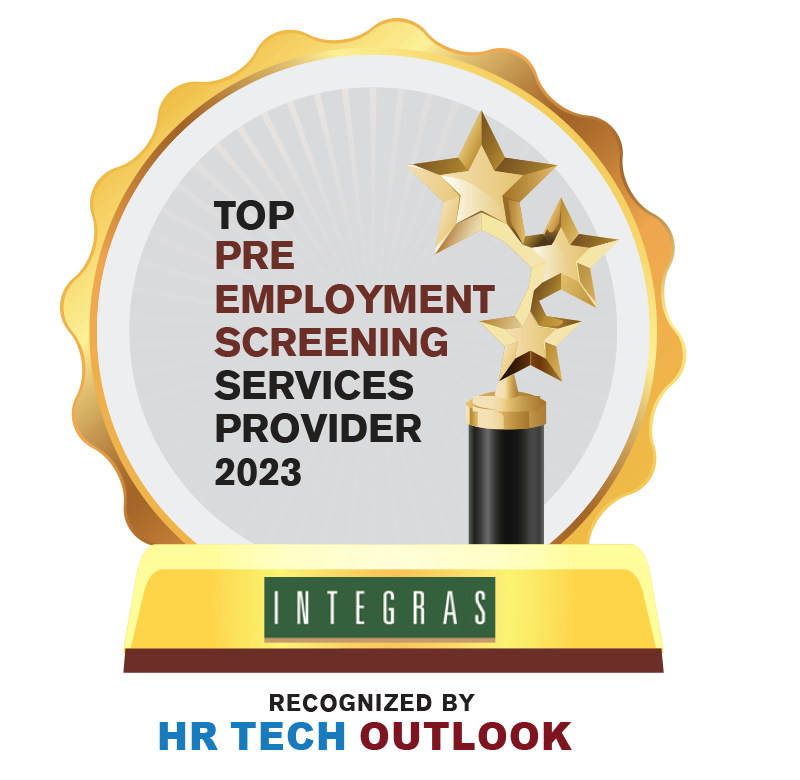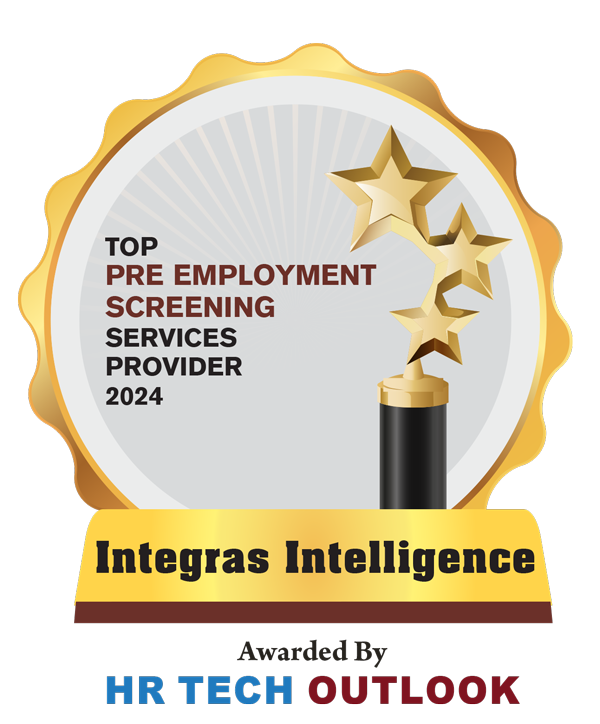
Unlike historical investigations, modern investigations are aided greatly by the availability of electronic records. Information brokers sell reports with data from multiple records, such as credit header information, motor vehicle records, property records, utilities, cell phone records and more. A few keystrokes can get what are commonly referred to as “comprehensive reports” (a misnomer, but a good starting point), which may contain detailed information going back as far as 20 years or so.
As a general rule, current records are more accessible than older ones. But what if an investigation goes back, say, 50 years, long before the easy availability of electronic data?
Challenges of Historical Investigations
Occasionally, we are asked to help an adoptee find their birth parents or other biological relatives. Recently, we were even asked to find a long-lost mentor of a very successful celebrity client. (The mentor was surprised and pleased when we succeeded.)
Such investigations are extremely interesting and rewarding for an investigator. But they can be challenging.
And there’s another important factor with these types of projects: they are often emotional.
As investigators, we feel for our clients and want to do the best job we can. But, because of the emotions involved, we will not divulge any uncovered information without the subject’s permission.
In the case of adoptions for example, the biological parents may have moved on with a new life and family. Their new family may not know about that part of their past, and the biological parent may not want a disruption in his or her life. Also, as with all cases of this nature, it’s impossible to truly know our client’s full intention.
So, where to start?
Proceeding Step by Step
The first task is to get as much information as possible, no matter how small or insignificant. This is good practice for any type of investigation, but particularly so with a historical one. Since this type of matter cannot be easily researched, it’s important to have as much information as possible. You never know which piece of data will be the thread that unravels a part of the story. Something as seemingly minor as where someone went to high school can make, and has made, the difference between a successful outcome—or not.
Often, the client has done their own research or may have had another investigator make an attempt. By getting the information up front, we can save time by not duplicating efforts. We can also check for inconsistencies in the prior research.
For example, we had a case of an adoptee trying to find his biological mother. He provided a report done by another investigative firm. Upon review, we found that not only did they misrepresent what they did (such as reviewing medical records, which would have been impossible without consent), but they also missed an obvious path of research about a known name of the subject. That information allowed us to pinpoint our research and saved our client some expense.
Tools for Historical Research
Genealogy websites are a fantastic resource when researching historical records. They specialize in digitizing historical documents, such as:
- Census records (which can provide names, occupations and ages of household members at specific addresses)
- Military records
- Death indices
- Marriage records
- Education records
- Yearbooks
- Phone books
- Newspapers (obituaries are excellent sources for family information)
Additionally, members may post their family trees so that other people/family members can contribute, which can provide a wealth of information.
A tip for the casual researcher: Genealogical databases can be expensive. Check your local library to see if they have a subscription you can use. Being in New York City, we have access to one of the best libraries in the world, the New York Public Library. They have a genealogical wing that is described as “one of the largest genealogical collections free and open to the public.” Your local library may even have subscriptions that you can access from your home. Please note that the library’s subscription may not be the equivalent of the one you would purchase directly from the company; however, this is a great place to start.
Another excellent tool for historical investigations is social media, especially if you have a lead on a family. By researching family members, there’s a good chance that you will find at least a few people with a public social media presence. By researching their profile/bio, posts, pictures, etc., you can get information on other family and friends. Pictures are also telling, especially in an adoption case. While subjective, you may find a strong client resemblance to biological family members identified in social media research. This could help confirm that you’re on the right track.
Understand the Tools
While tools are important, the right mindset is arguably even more so. Keep in mind a few things when conducting this type of historical research.
First, remember that these are typically old documents that have been digitally indexed. Sometimes the optical character recognition, or OCR, is faulty. A handwritten word may read “Roth,” but the OCR software recognizes it as “Both” or “Ruth.” If humans assisted by indexing the information, they may have made errors as well.
Not only will this affect your search results, but often not everything in a document is indexed. We once conducted a text search in an old yearbook and found a few pages where the subject was named. But when we physically browsed the entire yearbook, page by page, we found more instances that were not picked up by the software. We also found instances when the source document had the person’s name misspelled by the yearbook staff. Patience and thoroughness are key when searching and reviewing historical records.
So is flexible thinking.
Apply Patience and Persistence
Keep in mind that memories change, spellings of names may not be correct, ages may be off, etc. We had a recent case where we initially went down the wrong path because the name we were provided differed slightly from the subject’s actual name. Because that can happen, we initially did some general searches that helped identify the problem. Second, as mentioned above, we’d requested as much information as possible up front, and those additional details proved critical in getting back on track.
When going back years, remember to be patient with people. They may have forgotten some things completely until progress is made, at which point their memories may be jogged about other key facts.
It’s also important to be fluid in your thinking about names because they can change over time. People get married and divorced, sometimes multiple times. When conducting research, be mindful of the name you’re searching and the date range of the documents you’re reviewing. In periods earlier or later than the information you have at hand, the subject’s name may be different.
With all of these variables, it can be easy to go down a rabbit hole. You may gather facts that seem to fit a theory. It’s tempting to try to fit the pieces into that narrative; however, it’s important to wait until you gather all of the facts you possibly can before drawing a conclusion.
Even doing that may not be enough. We had a case where we knew that the subject was a very specific type of scientist who lived in a fairly defined geographical region in a particular state. We also had a possible name for his wife. When we pieced everything together, we were confident we had located our subject. However, upon contacting them, we learned that we likely had the wrong family. We conducted further research and, incredibly, found another person with the same name, similar occupation, with the same wife’s name, who lived less than 100 miles away. The chances of this happening were incredibly slim, but it happened, nonetheless.
Do Some Time Traveling
A final piece of advice in conducting historical investigations is to try to think like people did back then. Many people had strong ties to their communities and families, and they tended to stay in one geographic area. Try to focus your research in that area if you can.
In one case, we knew the mother’s name and a possible father’s name, as well as their occupations. We knew that they moved to another state after their marriage, so we started by reviewing city registers for multiple prior years in various towns within their home geographic area. By doing that, we developed a list of possible candidates, with the mother in one town and the father in another. Because phonebooks then also sometimes listed occupations, we narrowed down the list to identify the subjects and other family members. These leads all contributed to finding the subjects more than 50 years later.
Historical investigations are very difficult and, frankly, sometimes require a bit of luck. But by using the right tools, keeping an open mind, and being as thorough as possible, you may be able to manufacture your own luck. You just need to be persistent and creative in your thinking.












